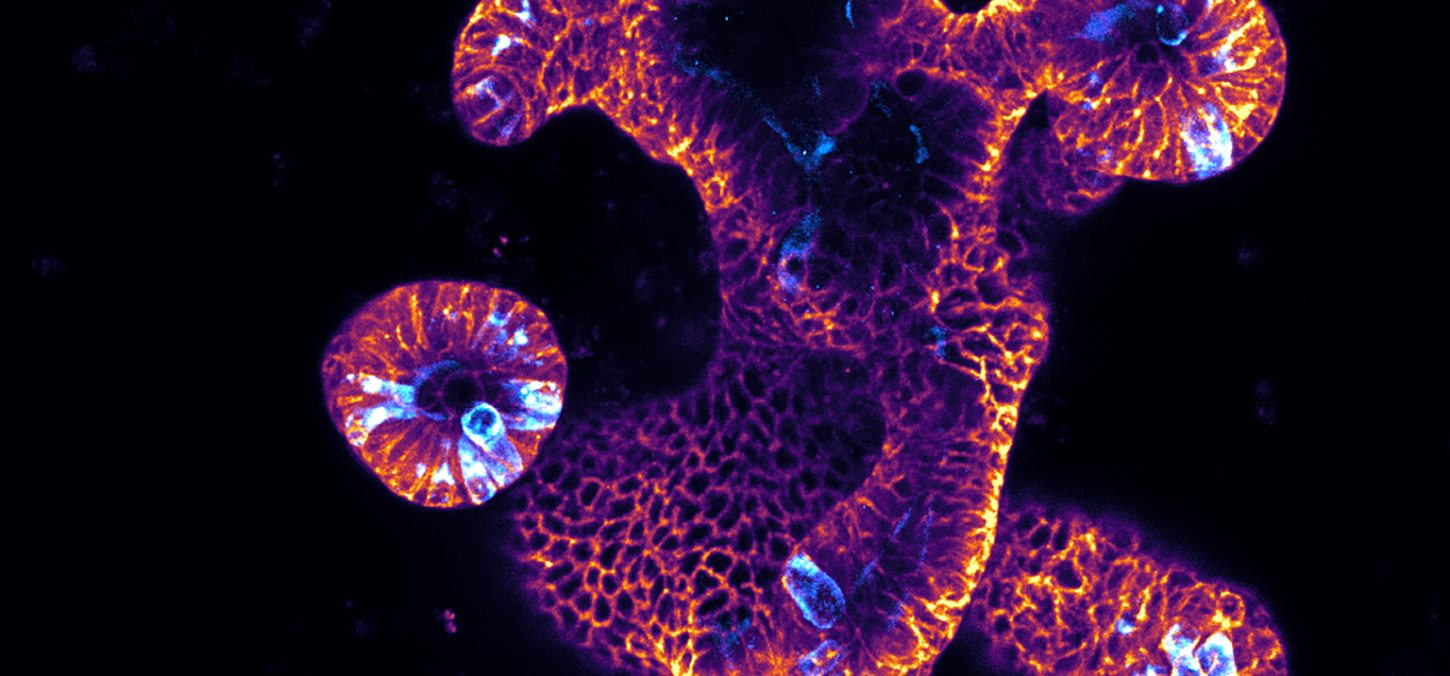
International collaboration yields gut inflammation breakthrough
Dentistry researcher helps solve integral dilemma with atomic force microscopy
The work of U of T Dentistry associate professor and atomic force microscopy (AFM) expert Laurent Bozec has enabled a breakthrough in understanding the mechanisms behind rare immune cells located in the gut. Called type-1 innate lymphoid cells (ILC1), these immune cells can promote tissue repair but can also contribute to the development of cancer and fibrosis. The research project is currently led by professor Eileen Gentleman from King’s College London.
"This is as close as we can get to probing cells and matrix mechanics in vivo and in situ functional tissues"
The seminal study, involving a multi-disciplinary consortium of researchers, was published in Nature Materials this week. Along with the KCL team, Bozec developed a “step-by-step nanomechanical approach” that allowed the researchers to study the mechanobiology of live cells in situ of a functioning in vitro system, but at the nanoscale. “This is as close as we can get to probing cells and matrix mechanics in vivo and in situ functional tissues,” says Bozec.
The AFM breakthrough enabled the researchers to see, for the first time, the vital role ILC1 plays in both repair and destruction. The study could have enormous implications for developing new therapeutic targets for a range of diseases, from inflammatory bowel diseases (IBD) such as Crohn’s disease to ulcerative colitis and fibrosis.
Read more about U of T Dentistry's internationally-recognized research projects.
Image: type-1 innate lymphoid cell (ILC1) (Laurent Bozec)